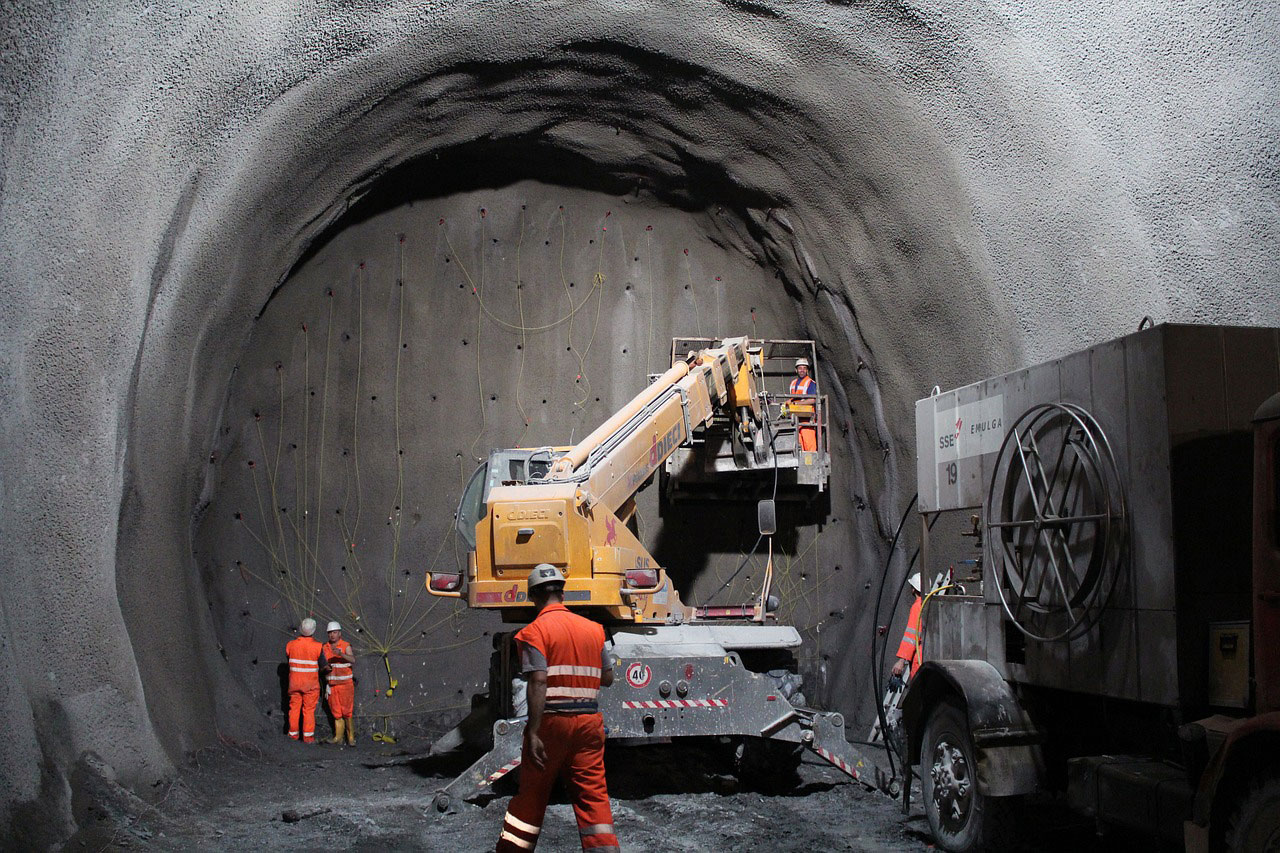The construction industry is responsible for consuming over a third of the world’s resources and generating nearly 40% of global waste. With the growing urgency to reduce environmental impact, the sector is under pressure to adopt more sustainable building practices. This is where circular construction steps in—a forward-thinking approach that focuses on minimizing waste, maximizing resource efficiency, and extending the lifespan of materials.
Unlike traditional linear methods that follow a take-make-dispose model, circular construction emphasizes reuse, recycling, and regeneration throughout a building’s lifecycle. From smart design to innovative technology integration, this model transforms how buildings are conceived, constructed, and deconstructed. By adopting data-driven strategies and collaborative processes, construction firms can reduce costs, lower emissions, and build a truly sustainable future.
Understanding circular construction principles
At its core, circular construction reimagines how buildings are designed, built, and decommissioned. Instead of relying on the extract-use-dispose cycle, it promotes a closed-loop system that keeps materials in use for as long as possible. This shift not only helps reduce the environmental footprint of construction projects but also adds long-term economic and operational value.
One of the central strategies is design for disassembly—a method where structures are created with the end in mind. Components can be easily taken apart and reused or repurposed, significantly cutting down on landfill waste. Materials are selected not only for performance but also for recyclability and durability.
Other key principles include:
- Using recycled and renewable materials wherever feasible
- Designing modular buildings that can be expanded, reduced, or reconfigured without full demolition
- Implementing material passports, which track the origin, composition, and potential reuse of materials
- Prioritizing energy-efficient systems and low-carbon construction methods
These practices are underpinned by data and planning tools that help project teams make informed, sustainable decisions from the earliest stages. By embedding these principles into every phase of a building’s lifecycle, circular construction creates an adaptive, resource-efficient system that responds to both climate goals and industry challenges.
Smart design strategies for minimal waste
Reducing waste in construction starts long before materials arrive on site. It begins at the design stage, where architects, engineers, and project managers can make choices that dramatically affect the project’s sustainability. Through smart design strategies, it’s possible to optimize resource use, reduce excess, and improve long-term performance.
A key tool in this process is Building Information Modeling (BIM). BIM enables highly detailed 3D models that simulate every aspect of a structure’s lifecycle—from material sourcing to demolition. By using BIM, teams can:
- Accurately forecast material quantities and reduce over-ordering
- Identify design inefficiencies that may lead to waste
- Plan for future adaptability, ensuring the building can evolve with user needs
Another impactful strategy is the adoption of prefabrication and modular construction. These methods shift much of the construction work to controlled factory environments, where precision manufacturing reduces errors, limits material loss, and speeds up installation. The result is a cleaner, faster, and less wasteful building process.
Incorporating passive design principles—such as optimizing natural light, airflow, and insulation—also reduces reliance on mechanical systems, cutting down on energy use and associated emissions. Combined with smart material selection and digital planning tools, these techniques create buildings that are not only functional but environmentally responsible from day one.
Ultimately, smart design is the foundation of circular construction, ensuring that every decision contributes to a more efficient, adaptable, and low-waste built environment.
Technology and partnerships driving circularity
As the construction industry seeks to reduce waste and increase efficiency, technology plays a pivotal role in enabling truly circular systems. From real-time data collection to predictive analytics and automation, smart tools are reshaping how materials are managed and how buildings are delivered.
Digital monitoring platforms, for example, can track resource use across a project in real time, identifying inefficiencies and enabling swift corrective actions. AI-driven solutions optimize logistics, streamline workflows, and improve decision-making—ensuring materials are used where they’re needed most and waste is minimized.
As an exemple, Greentech solutions for sustainable construction, by Converge, drive massive efficiencies across the construction site, like faster build times, reduced material usage, lower embodied carbon and increased worker safety.
These innovations don’t operate in isolation. Success depends on collaboration across the value chain—from material suppliers and technology firms to contractors and clients. When stakeholders share data, align goals, and adopt compatible systems, they can create integrated solutions that support sustainable outcomes.
Additionally, cloud-based platforms and digital twin technologies help project teams simulate building performance before ground is broken. This ensures better use of resources and fewer change orders later in the process.
With the right technological partnerships and commitment to transparency, the construction industry can transition toward a future that is low-carbon, low-waste, and highly efficient.
